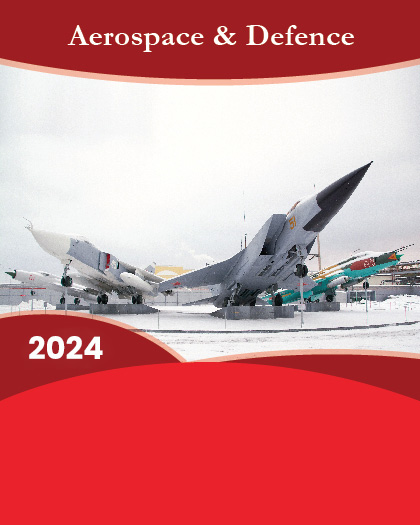
Global Microsatellite and Nanosatellite Market is valued at approximately USD 3.38 billion in 2023 and is anticipated to grow with a healthy growth rate of more than 15% over the forecast period 2024-2032. Microsatellites and nanosatellites represent a new frontier in space exploration and communication, offering compact, cost-effective, and versatile solutions for a range of applications, including earth observation, space science, and commercial ventures. These satellites, classified by weight-microsatellites weighing between 11-100 kg and nanosatellites weighing between 1-10 kg-are revolutionizing the way we access and utilize space. Their small size and weight allow for reduced launch costs and faster development cycles, making space more accessible than ever before. The rising demand for these satellites is fueled by their ability to execute complex computing tasks, provide advanced communication capabilities, and support an increasing number of commercial applications. Major industry players, such as GomSpace and Planet Labs, are continuously launching constellations of these satellites, offering a wide range of services that further drive market growth.
The Global Microsatellite and Nanosatellite Market is poised for significant growth, driven by the advantages these small satellites offer over traditional satellites. Their reduced size and weight, coupled with lower production and launch costs, make them an attractive option for a variety of missions. Moreover, the rise in manufacturing and launch of CubeSats, which are a subset of nanosatellites, is contributing to the expansion of the market. CubeSats are built according to standard measurements, which not only reduces costs but also accelerates the development process, making them highly popular in the market. Moreover, the increasing demand from the commercial sector and rising demand for satellite data present various lucrative opportunities over the forecast years. However, despite their advantages, these small satellites face limitations, particularly in terms of payload accommodation, which may hinder their ability to perform certain missions. The limited space available in these satellites restricts their capacity for propulsion, power generation, and other critical subsystems, which could impact their performance in more complex applications.
The key regions considered for the global Microsatellite and Nanosatellite Market study include Asia Pacific, North America, Europe, Latin America, and Rest of the World. In 2023, North America is expected to dominate the market, driven by the presence of key players and significant investments in satellite technology. The region's growth is further supported by the increasing demand for satellite-based services, such as broadband internet and satellite TV. Meanwhile, Asia Pacific is projected to experience the fastest growth rate during the forecast period, fueled by rising investments in space exploration and technology development, particularly in countries like China and India.
Major market players included in this report are:
AAC Clyde Space AB
L3Harris Technologies, Inc.
Lockheed Martin Corporation
Swarm Technologies, Inc.
Sierra Nevada Corporation
Tyvak Nano-Satellite Systems, Inc.
Planet Labs Inc.
GomSpace
Astro Digital
Surrey Satellite Technology Ltd.
Dauria Aerospace
Spire Global, Inc.
SpaceQuest Ltd.
The Boeing Company
Vector Launch, Inc
The detailed segments and sub-segment of the market are explained below:
By End User:
Civil
Government
Commercial
Military
By Application:
Communication
Earth Observation
Space Science
Technology Demonstration
Technology Development
By Orbit Type:
Non-polar Inclined
Polar
Sun-synchronous
By Region:
North America
U.S.
Canada
Europe
UK
Germany
France
Spain
Italy
ROE
Asia Pacific
China
India
Japan
Australia
South Korea
RoAPAC
Latin America
Brazil
Mexico
Rest of Latin America
Middle East & Africa
Saudi Arabia
South Africa
RoMEA
Years considered for the study are as follows:
Historical year - 2022
Base year - 2023
Forecast period - 2024 to 2032
Key Takeaways:
Market Estimates & Forecast for 10 years from 2022 to 2032.
Annualized revenues and regional level analysis for each market segment.
Detailed analysis of geographical landscape with Country level analysis of major regions.
Competitive landscape with information on major players in the market.
Analysis of key business strategies and recommendations on future market approach.
Analysis of competitive structure of the market.
Demand side and supply side analysis of the market.
























